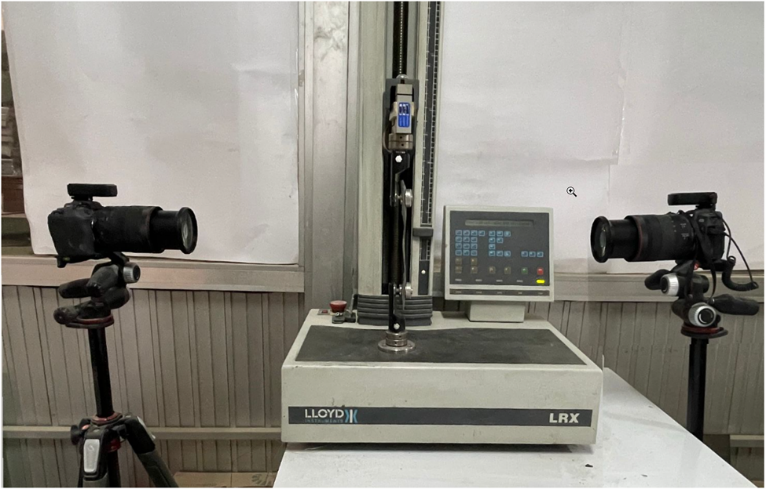Research Project

Research Project
Review on Technologies and Applications of Soft Grippers
Abstract Soft robots, particularly soft grippers, are emerging as a practical and cost-effective solution for handling delicate objects and coexisting safely with humans. This paper provides an overview of various soft grasping techniques and materials, highlighting their advantages and limitations. It discusses the potential applications of soft robotic grippers in medicine, agriculture, and

Research Project
Post Occupancy Evaluation –The Case Study of Nile University
Abstract "Sustainability has been one of the major overarching topics across industries over the past few years. Sustainability in the built environment is no exception and given the recent focus on climate change, it cannot be seen as a luxury anymore. However, sustainability should never come at the expense of the convenience of the building users nor on the architectural aesthetics. Accordingly

Research Project
Zero Waste in Construction
Abstract This research track is to study the construction and demolishing waste from different sides; the main reasons of the waste generation and how to avoid it by reducing the waste through the different stages of the construction project, the different methods of reusing the waste in new construction activities during the construction activities, the recycling of the rest of the construction

Research Project
Parabolic Trough solar collector
Abstract This project aims to revolutionize the design and optimization of multi-stage parabolic trough solar collectors (PTCs) to address the limitations of conventional PTC systems, such as inefficiency and high costs for home applications. The research focuses on developing a novel design that integrates multiple stages of heat absorption and transfer mechanisms, leveraging cutting-edge

Research Project
Solar energy systems for heat and power generation
Abstract The project focuses on a multidisciplinary approach aimed at evaluating the feasibility, cost-effectiveness, and sustainability of integrating solar thermal technologies into industrial and power applications. This research topic seeks to address the growing demand for sustainable energy solutions in industrial sectors while mitigating the environmental impact associated with conventional

Research Project
Flapping Micro Air Vehicle: Numerical Analysis
Abstract Due to the intricate aerodynamics of flapping micro air vehicles (FMAVs), numerical analysis plays a crucial role. These simulations predict the aerodynamics performance before building prototypes, saving valuable time and resources. By analysing the flapping wing's interaction with air, numerical analysis helps engineers optimize FMAV designs for specific tasks like search and rescue or

Research Project
Pharmaceuticals Wastewater Treatment
Abstract This wastewater treatment project focuses on removing pharmaceutical compounds, such as anti-inflammatory drugs and antibiotics, from water bodies using agricultural waste materials and membrane technology. Bagasse and coffee waste are evaluated as sustainable adsorbents due to their high adsorption capacities. Membrane filtration processes, including ultrafiltration and nanofiltration

Research Project
Multi-Stage Low-Cost Treatment of Dyes and Paints Wastewater for Reuse: A Comprehensive Approach
Abstract This project proposes a multi-stage treatment approach to effectively treat dyes and paints wastewater from industries, involving coagulation, adsorption, and filtration. The goal is to mitigate environmental pollution, conserve water resources, and promote sustainable industrial practices. The comprehensive treatment method offers a cost-effective solution that can be implemented across

Research Project
Study of Deformations and failure of materials using digital image processing ANd correlation
Abstract Digital image correlation (DIC) is a non-contact optical technique used to measure displacement and strain of materials under loading. It utilizes a speckle pattern on the specimen to track deformation and calculate strain, offering a cost-effective alternative to strain gauges. Both 2D and 3D DIC setups are employed for deformation measurement, crack detection, and crack density
